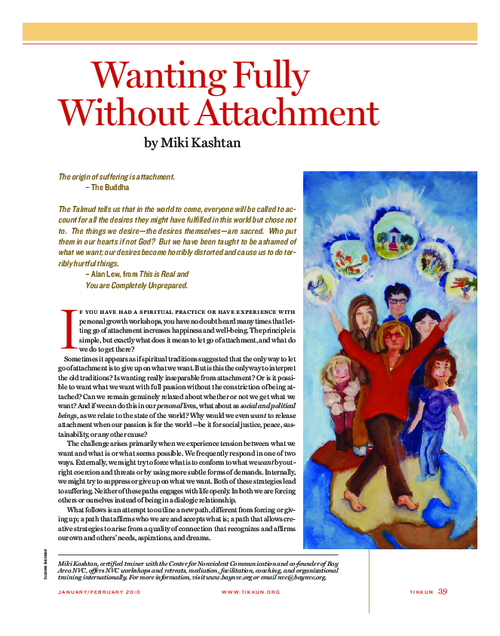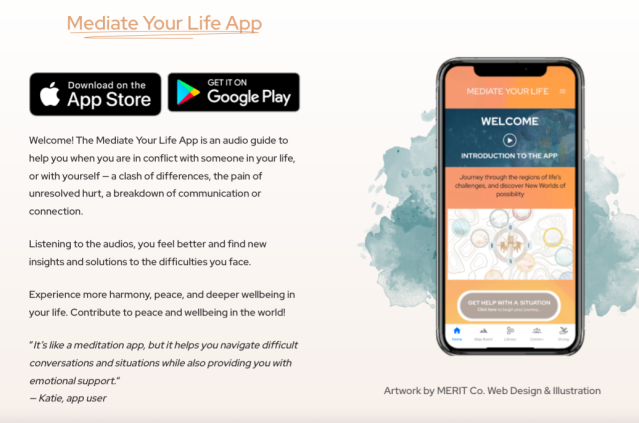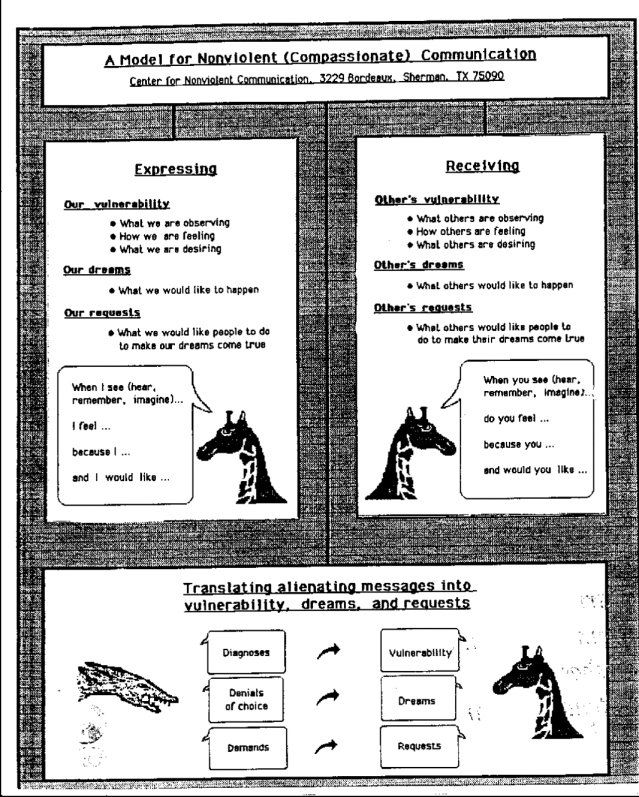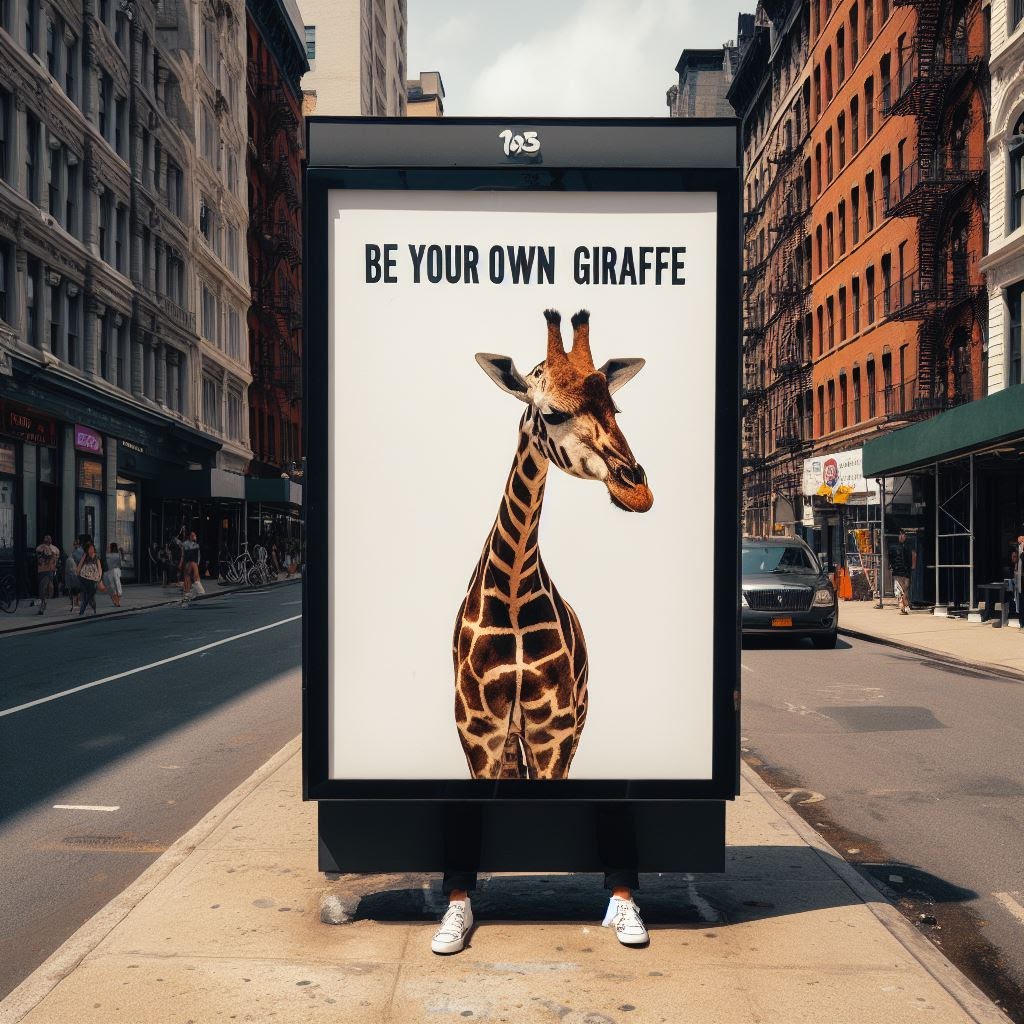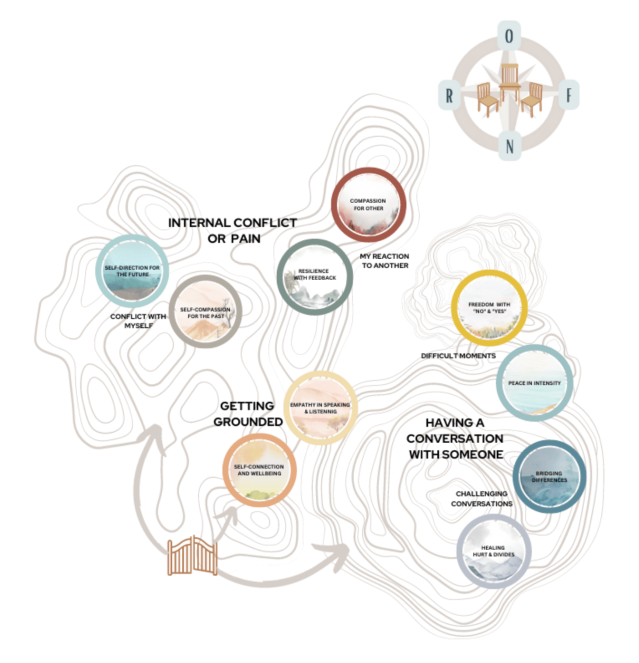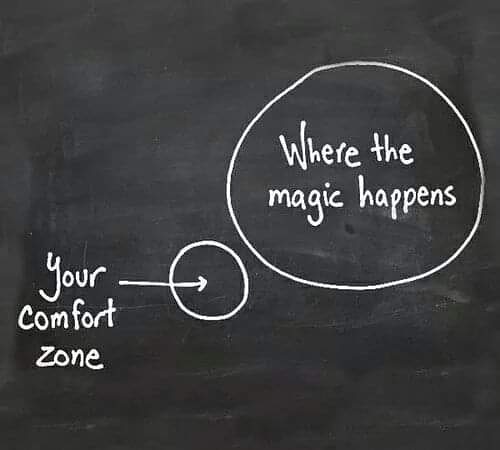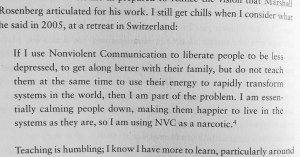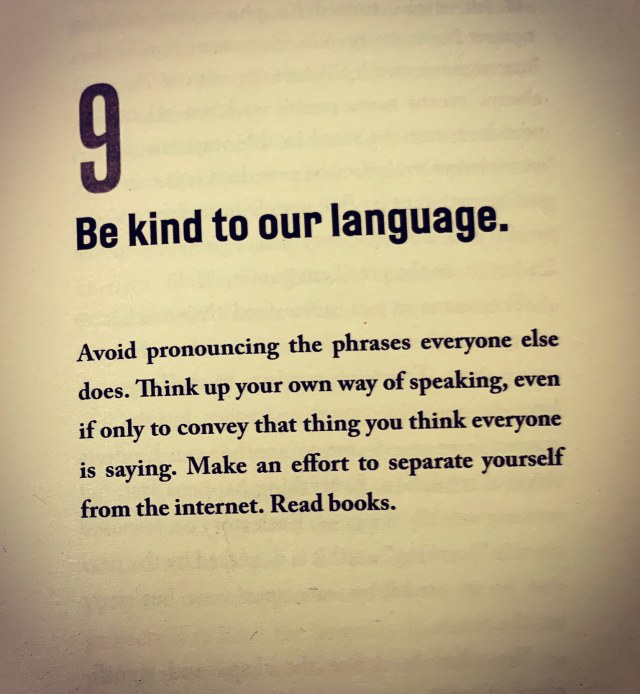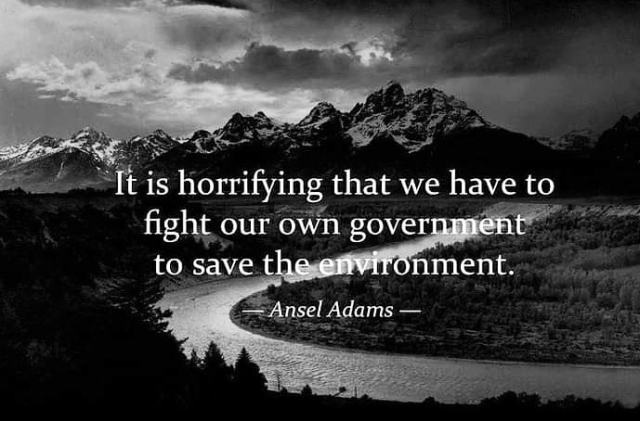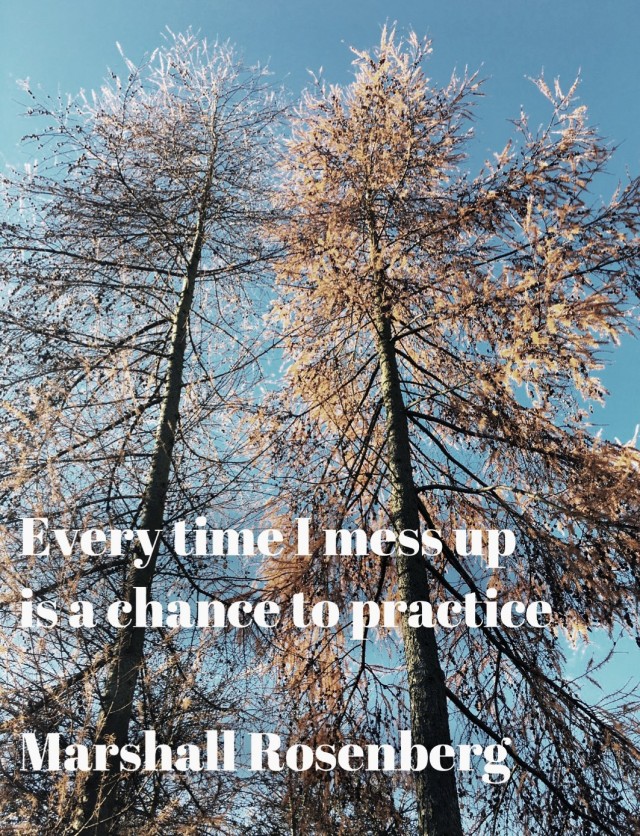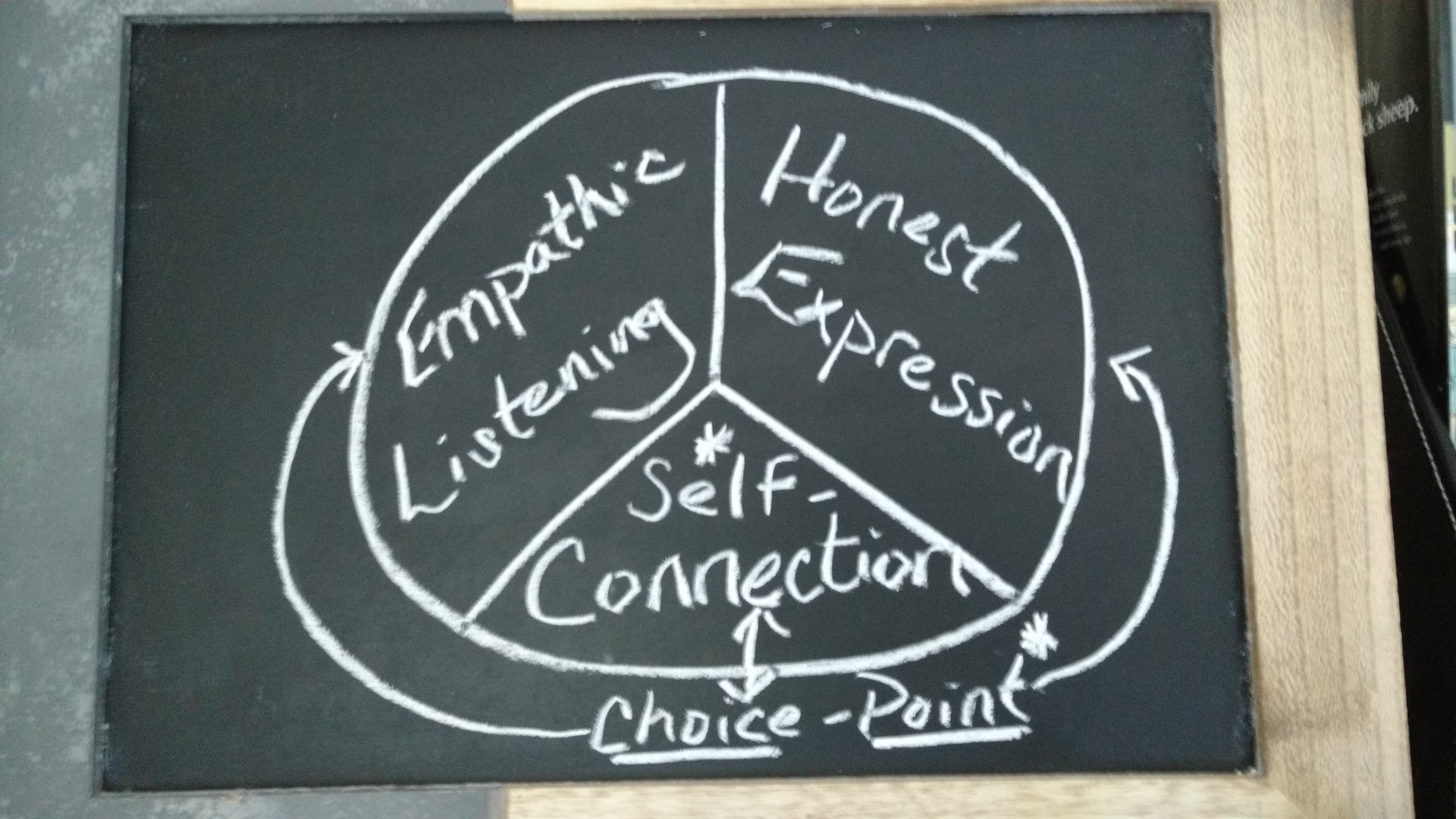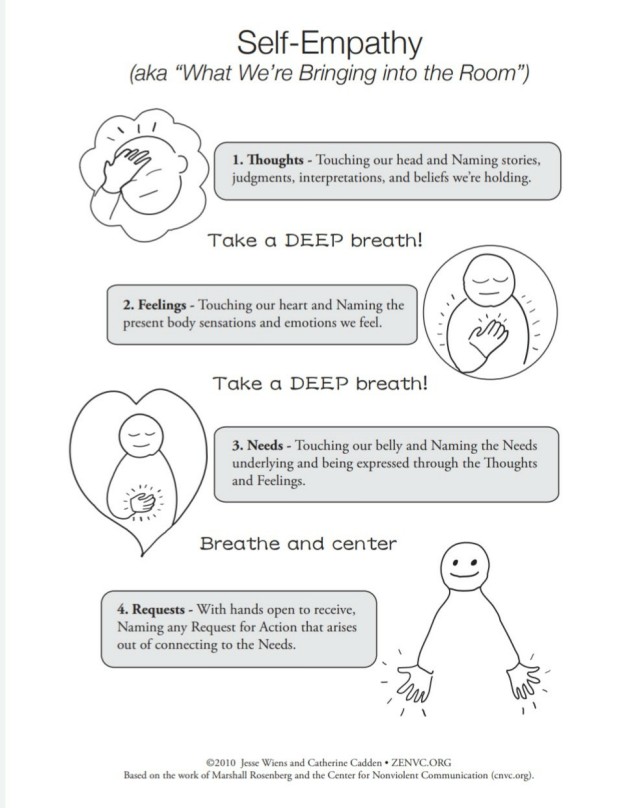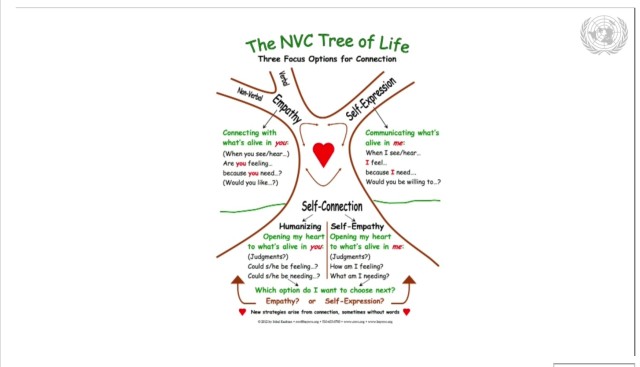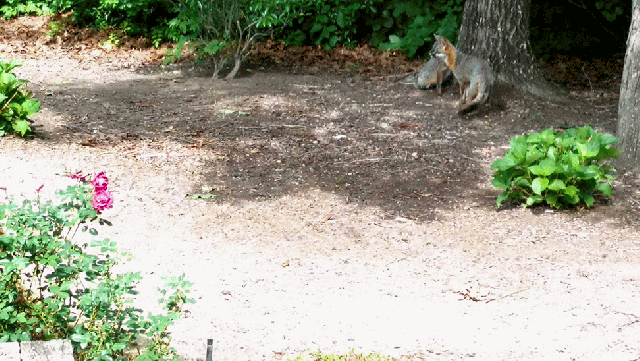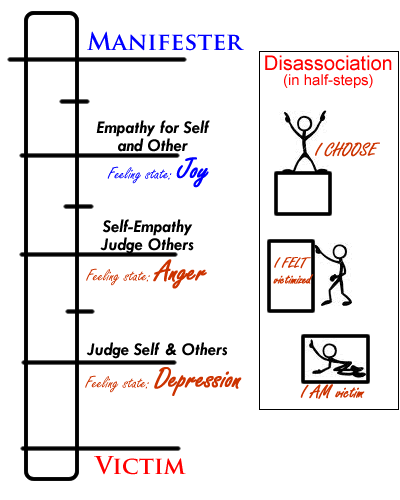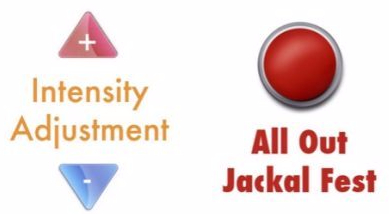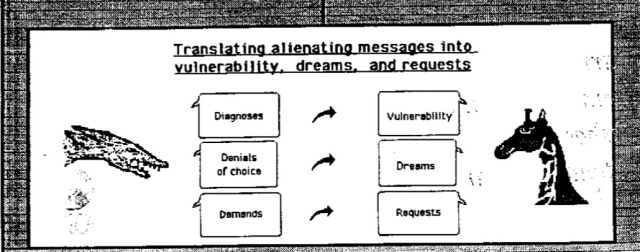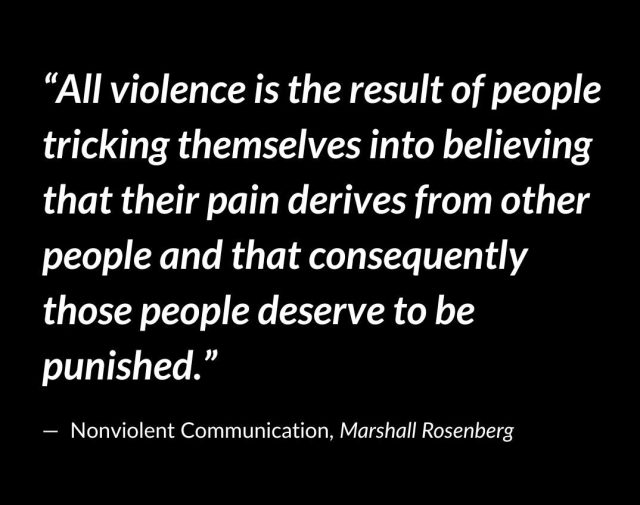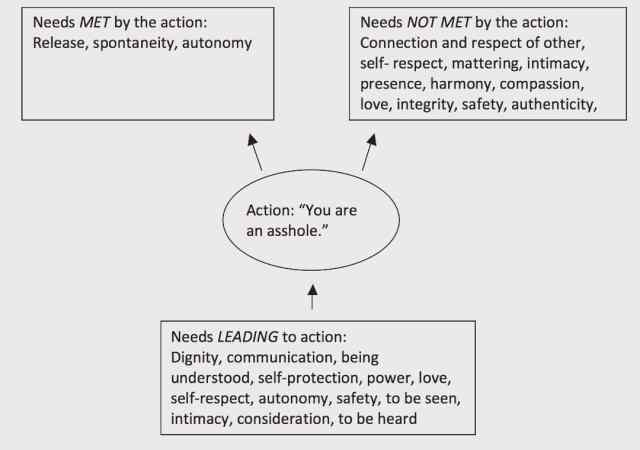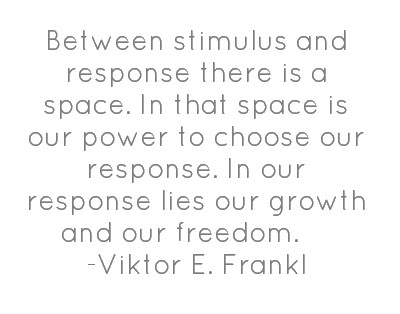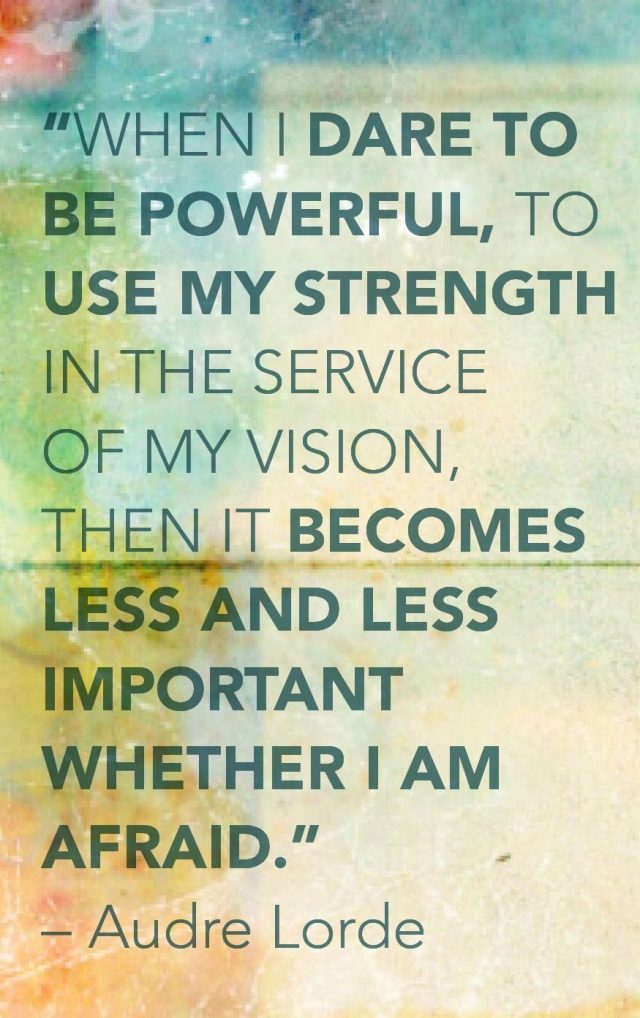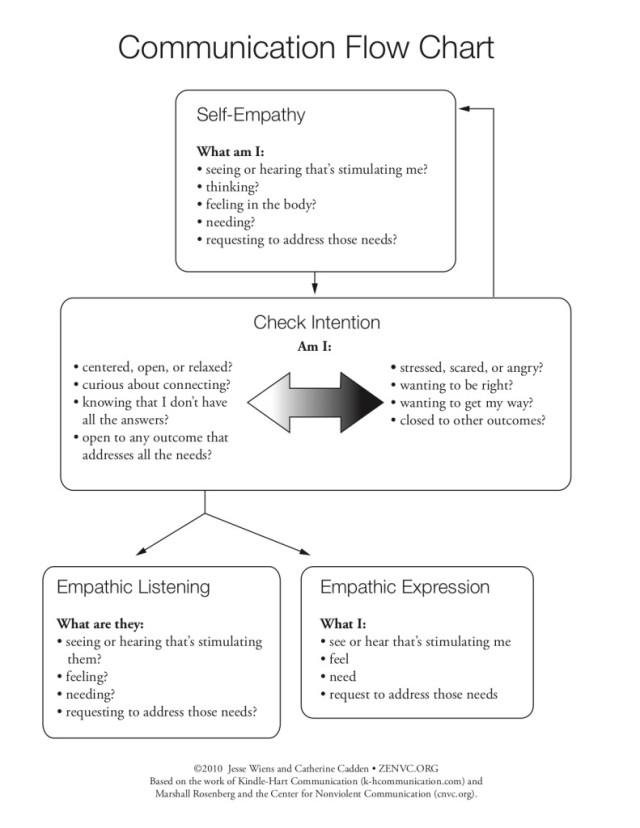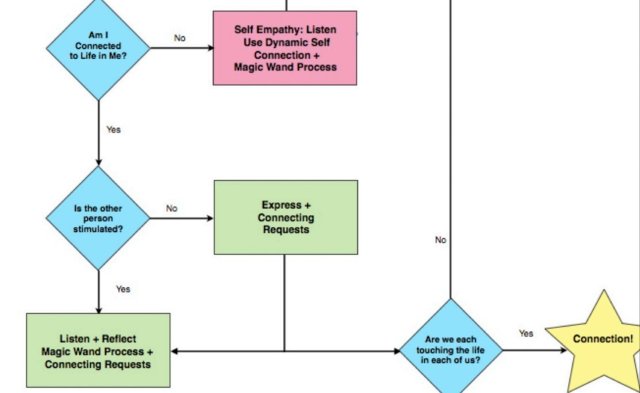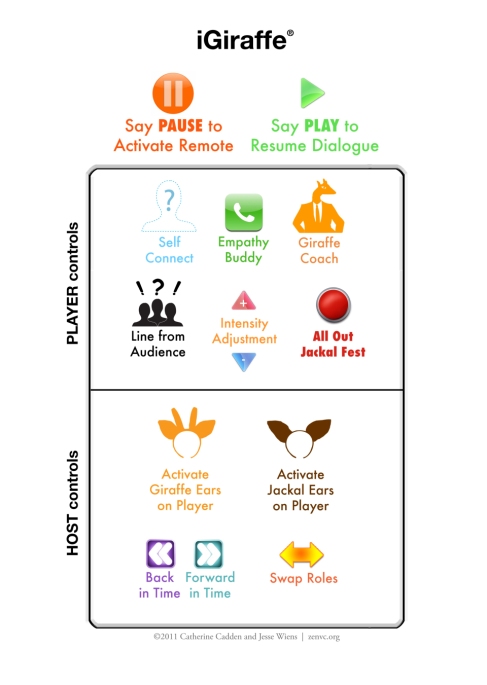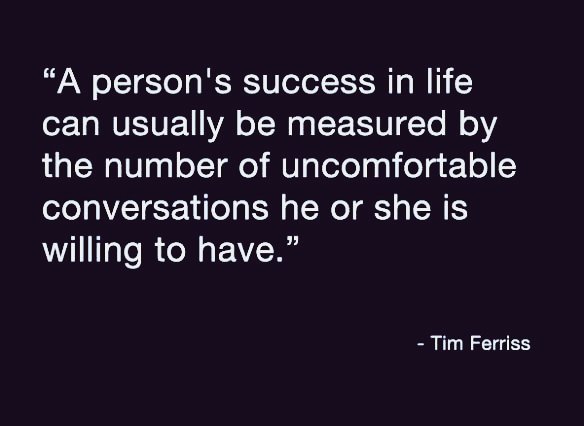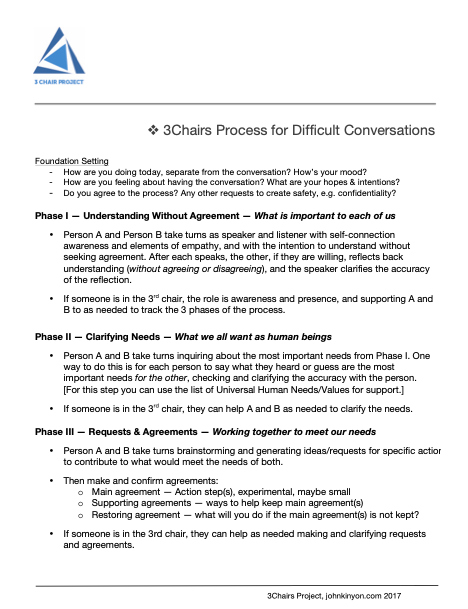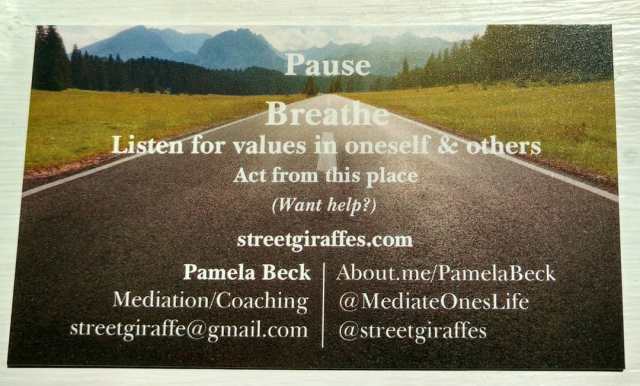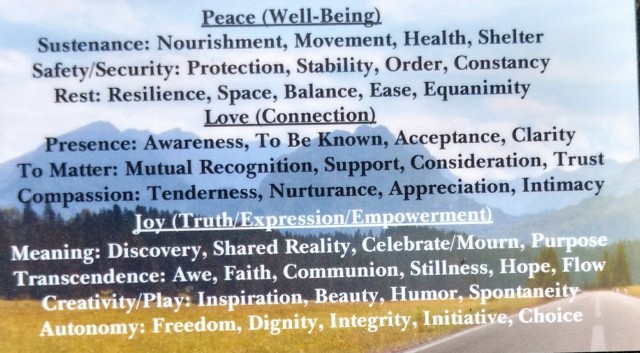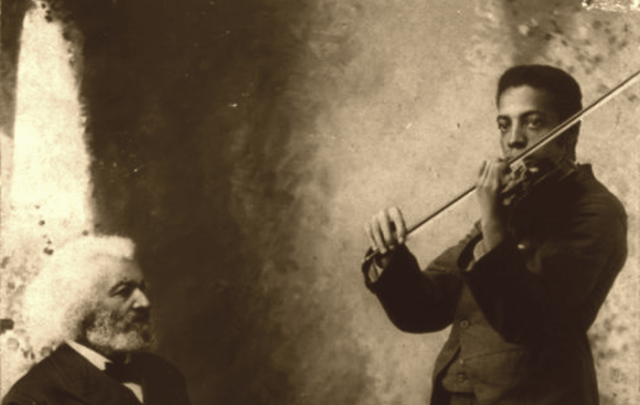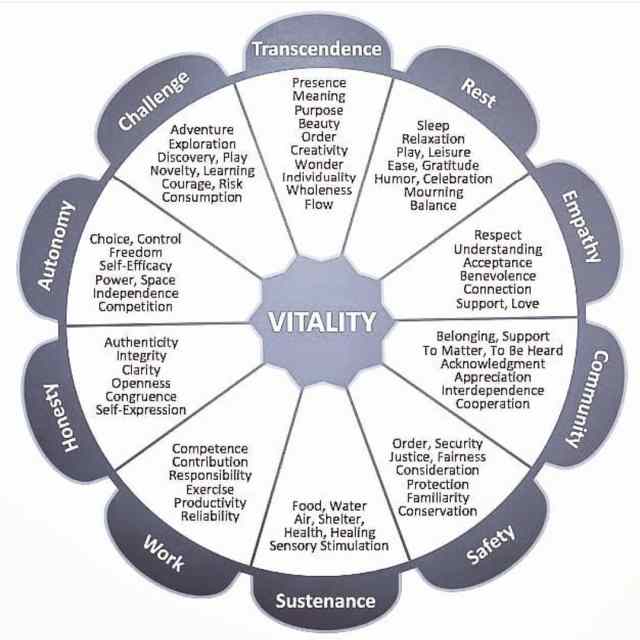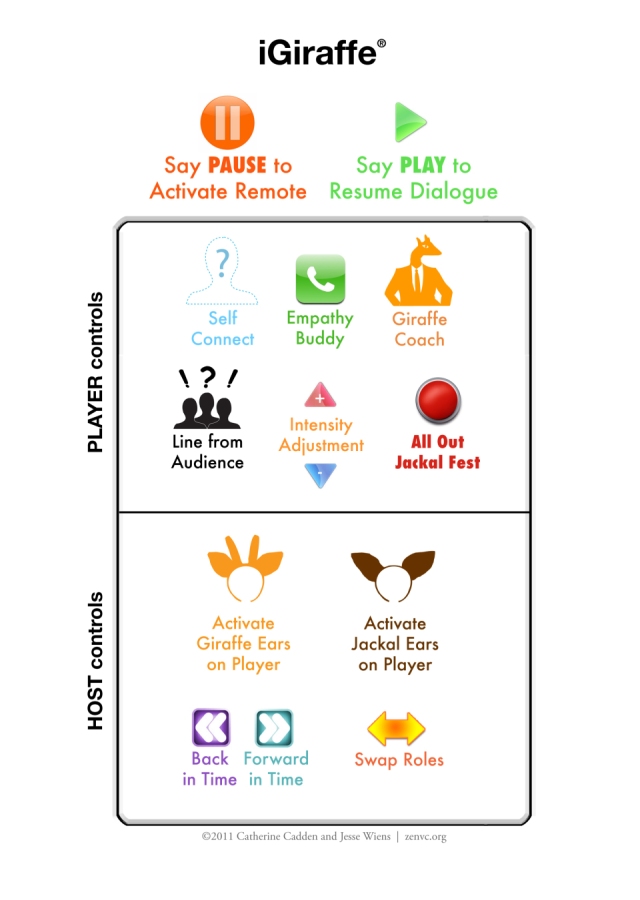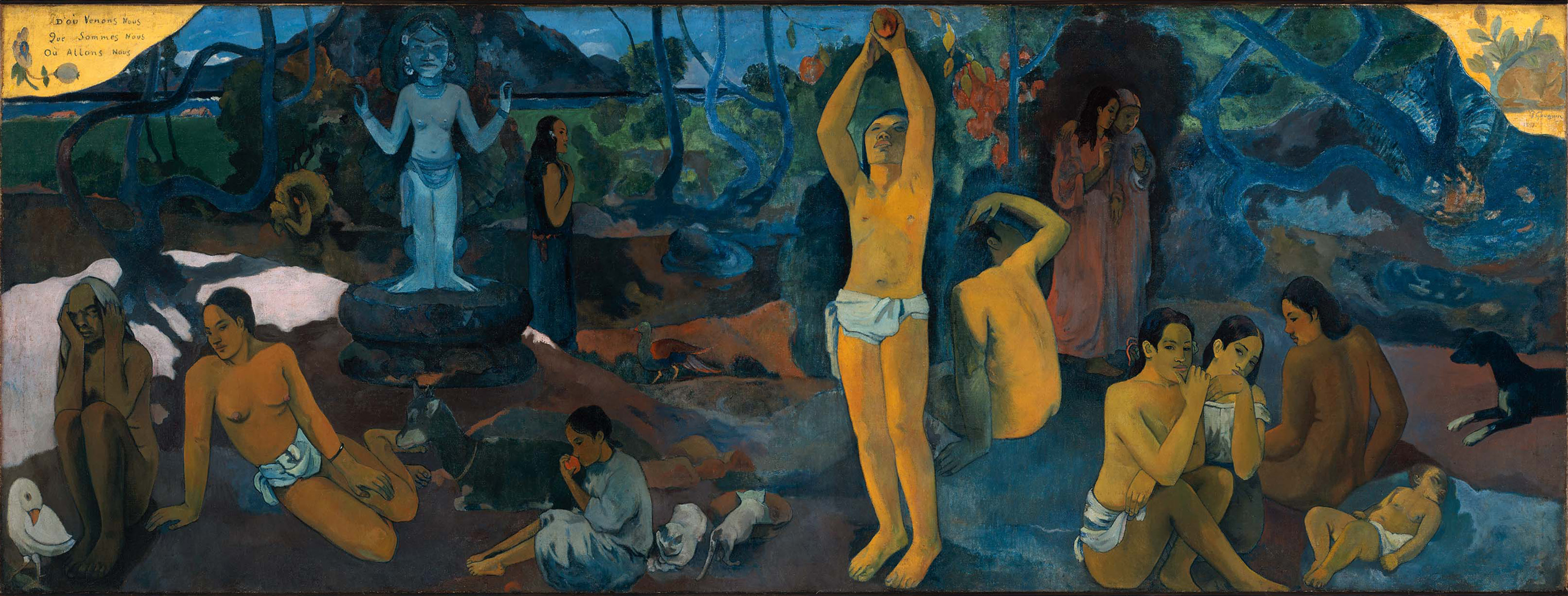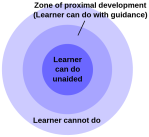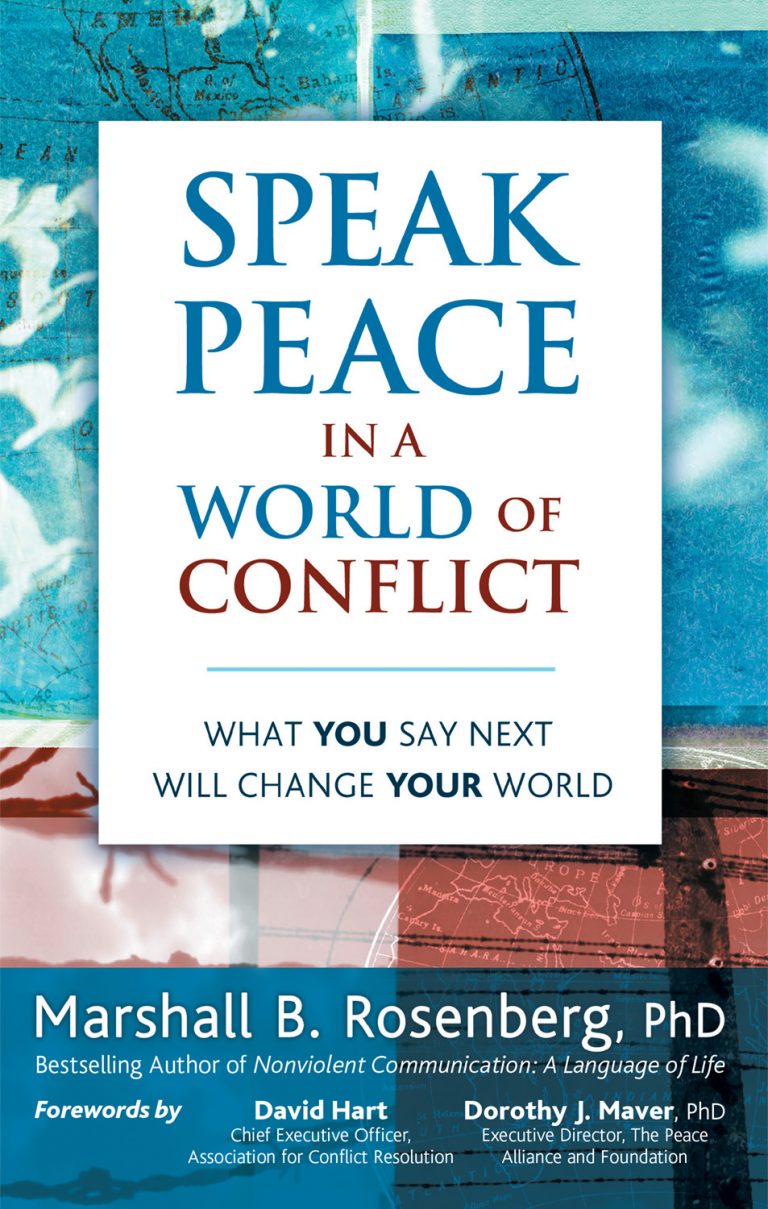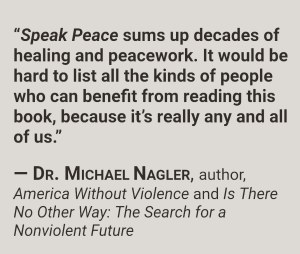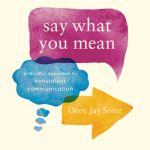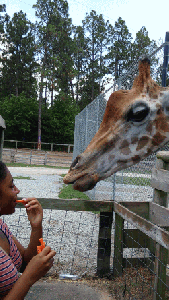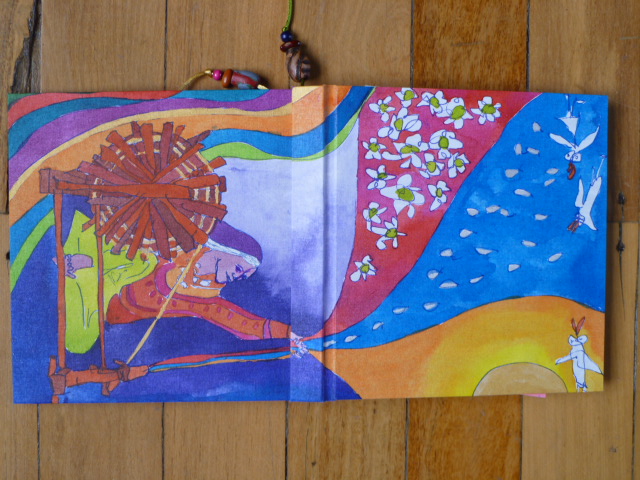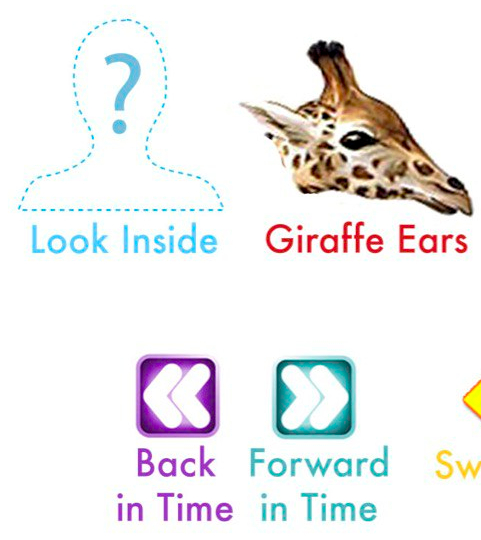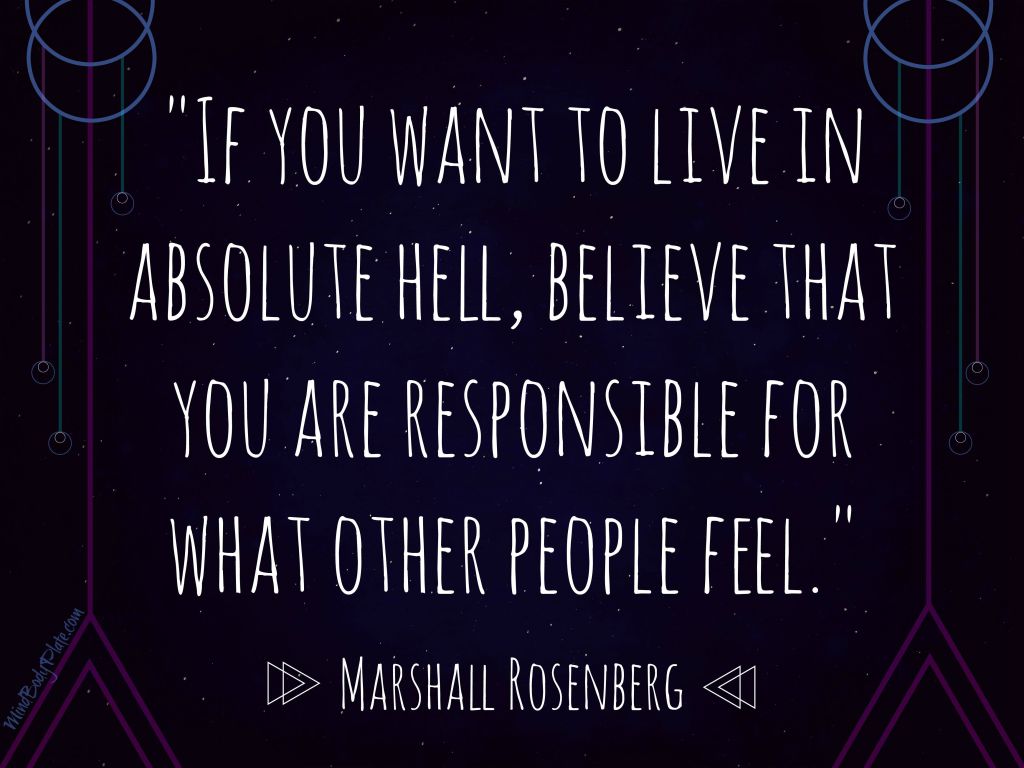“Our survival as a species depends on our ability to recognize that our well-being and the well-being of others are in fact one and the same.”
– Marshall B. Rosenberg, PhD
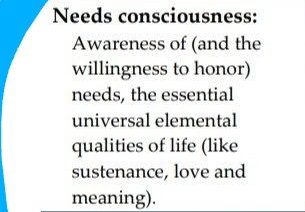
(NVC-consciousness synonymous with Shifting to Needs-Consciousness)
Definition directly beneath courtesy of the Pathways to Liberation:
Self-Assessment Matrix
| NVC/Needs- consciousness | Awareness of (and the willingness to honor) needs, the essential universal elemental qualities of life (like sustenance, love and meaning). |
Pathways to Liberation: Self-Assessment Matrix
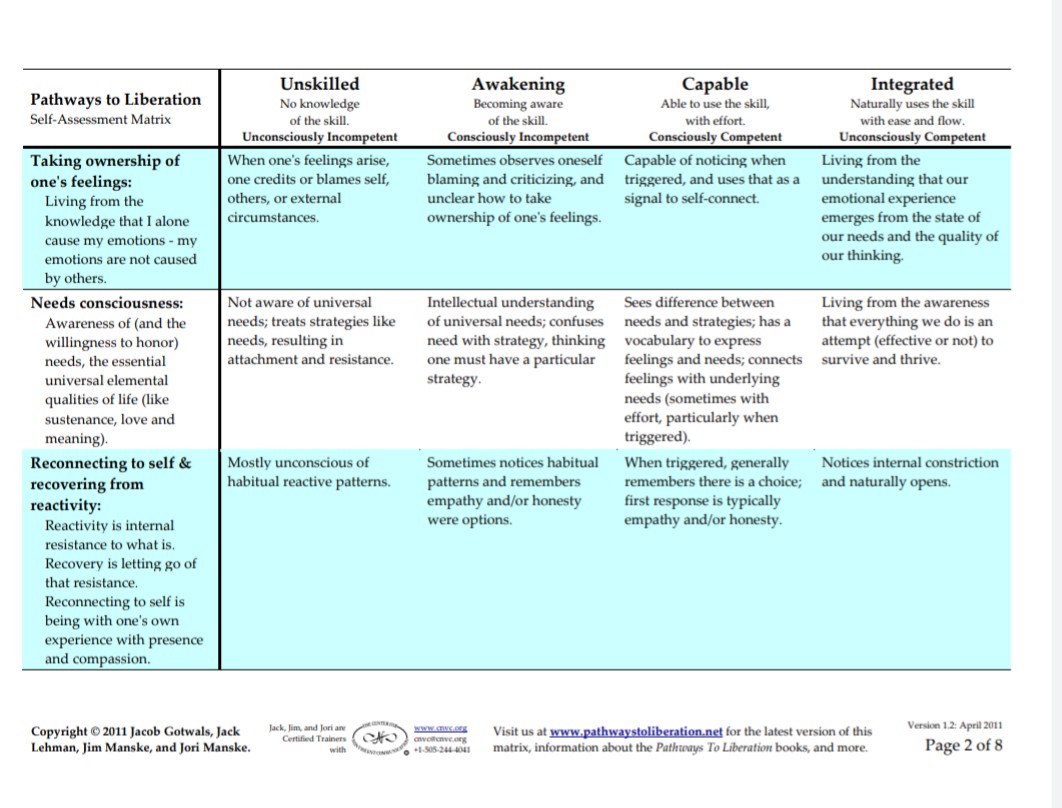
Four Practices for Integrating NVC
“Q & A” between Oren Jay Sofer and myself, referencing NVC consciousness (as grounded in somatic awareness).
Q: How can I stay connected to NVC consciousness?
A [Oren]: When I teach communication, I teach NVC, I say that the process is one of three different components. The first of those is presence. Which means simply embodiment and connection to the heart. Presence is about feeling what’s in your body and in your heart. It’s a felt experience. It’s not a mental experience. It’s a kind of experience we have when we’re in a bath, or hot tub and we’re really relaxed. Not necessarily that it feels good, but we’re really in our body and we’re present and we’re able to relax. So if you take a run, after you take a run, you’re really in your body. You’re here fully. So that’s kind of a prerequisite for a communication practice, because that’s where we source all of our information, from what’s happening within the body in the present. And if that’s absent, when we don’t have that connection with our body, it’s very difficult to have a productive conversation.
The next component is intention. It’s about where we’re coming from. So having a clear intention, as we know, for those who have training in nonviolent communication, the primary intention is to connect, to try to connect. For those who come from a mindfulness background, the beauty that I find is that the intention is actually the same. With a mindfulness practice we’re looking to understand experience, to really connect with it directly, rather than all of the other motives that we habitually have to fix it or change it or make it better, and so forth. It’s just to understand.
So, those form the foundation for attention in the NVC model: observations, feelings, needs, requests. Which is about our attention (with an “a”). It’s about how we pay attention to things. What we’re noticing. Are we noticing our judgments, our stories, all of the other components of experience or are we paying attention to what’s being felt, to what’s needed and to what’s actually happening on the level of observation. So all that is to say in terms of how do we stay connected to our attention. Which is really what I feel is in your question about how can I connect to NVC consciousness? For those who don’t have an NVC practice, that means the awareness of our own humanity and other people’s humanity and the understanding that all of us are moving based on a desire to meet our needs. When we see things in that way, there is more compassion to just understand where people are coming from. We understand that the best way to negotiate and work together is to actually create a connection based on our needs, rather than our ideas, our views, our beliefs, our opinions, our judgments and so forth.
So for me, that consciousness is really about an intention where we’re coming from and it’s about a view of how we see things. And for me the most reliable way I have found to stay connected to that, or reconnect to that, is through the body, through presence. Because when I’m not connected with that, it feels very different in my body. So having a practice where you can really begin to recognize how does it feel to be in my body in the present and what’s it like when I’m not there. And that starts to give us more information about what the difference is, and how to find a way back when we’re disconnected.
So the main tools for that are having a mindfulness practice, having a sitting practice, standing practice, walking practice, where you’re just constantly cultivating embodied presence and how that feels.
And then the other component in the secular mindfulness movement we call heartfullness practice. In a religious context or Buddhist or other contexts, it’s the practice of the heart around love and kindness that are strengthening certain intentions for how we orient to the world. By calling forth a certain intention and repeating it, just connecting to it again and again with a certain phrase or an image. And the more we strengthen those intentions in the mind, the more we strengthen that orientation to life. And again we have that foundation that we can come back to.
So that’s my summary. And I’m wondering how much of that is connecting for you and is it bringing up other questions or if anyone else on the call has questions or comments about the call.

Q: Yes, that was just music to my ears. What was the second component again?
A [Oren]: The second component is attention, how we pay attention to things. In NVC, are we paying attention with jackal ears or with giraffe ears? And for those who don’t know NVC, jackal ears, that means are we paying attention based on our judgments, based on our views, our preferences our thoughts, the mental world of filtering experience, or are we paying attention with our heart, with a sense of human connection. Awareness of feelings and needs is how we talk about it in Nonviolent Communication. Are we aware of the actual emotions that are present in ourselves and in the other person. Are we aware of the fact that this person has needs. I have needs. And not just like “I need to go to the store”. That’s not a need. That’s a strategy. “I need nourishment.” “I need relaxation.” Things that we can actually connect with and actually agree with valuing.
I think the question you ask “how do we stay connected”, whether it’s NVC consciousness or mindfulness or presence or everyone has different language for talking about the experience, of the different kind of experience we have of being alive when we’re awake and connected with our sense of what’s meaningful in life. With why we’re here, what we’re doing. And what we’re about when we’re on automatic pilot and not present. And as I said of getting a feel in the body on the difference between those two.
How they actually feel is really important because when we can appreciate how it feels to really be here, it sets up a feedback loop. We want to be here more because it actually feels good. Not in a superficial way, because sometimes being here doesn’t feel good in the sense that there are unpleasant experiences. But when we really study it enough, those who have a dedicated mindfulness practice or meditation practice know this directly: if there is sadness or anger or some unpleasant experience happening, to actually feel it with balance is less painful than to be avoiding it, reacting to it, and feeding it, running from it.
When I say it feels good or feels better. I don’t necessarily mean it feels pleasant, but that there is a deeper sense of relaxation, relief, meaning, connection that is sustaining in being present with an experience over being absent from it.
So that’s one component, learning to sense the actual difference. The other component is when we’re gone, when we’re lost and we’re not connected to our intention, and NVC consciousness isn’t present, when we wake up from that trance, what happens next is really important. If what happens next we wake up from that trance, and this is important in all the topics we’re going to talk about today. This is relevant whether it’s having balance in our life or working for change in the world.
If when we wake up from being disconnected what happens is blame and judgment, “there I go again”, “I’ll never get anywhere”, “I’m a failure”. “I’ve been doing it for so long” or whatever that story is, then we’re not going to want to come back. If what we come back to is blame and judgment, then who wants to show up. Every time you come home the first thing you hear is “what’s wrong with you” then nobody wants to come home. But if what we hear when you come home is “you’re back”, “it’s so good to see you”. Then we want to come home. So when you come back to presence, to awareness and to NVC consciousness, mindfulness, or however that is showing up for you when you come back there, it’s really important to notice that moment and notice what you do in that moment. And if there is blame, if there is judgment, to start to bring in tenderness. You start to bring in care. “Oh, it’s okay.” “You were gone for so long. How wonderful that you’re back.” Now we could do it differently again and have forgiveness for ourselves in those moments.
About Oren
Oren J. Sofer, also known by his Dharma name Nyāniko, is a teacher and practitioner of Buddhist mediation, Nonviolent Communication (NVC) and Somatics. (continues)
Audio Dharma – Oren J. Sofer’s Dharma Talks
See more referencing Oren Jay Sofer’s work further below.
“Please do as I requested, only if you can do so with the joy of a little child feeding a hungry duck. Please do not do as I request if there is any taint of fear of punishment if you don’t. Please do not do as I request to buy my love, that, is hoping that I will love you more if you do. Please do not do as I request if you will feel guilty if you don’t. Please do not do as I request if you will feel shameful. And certainly do not do as I request out of any sense of duty or obligation.”
Jim Manske on the Zero Step (more via NVC Academy):

ZENVC‘s Self-Connection Process:
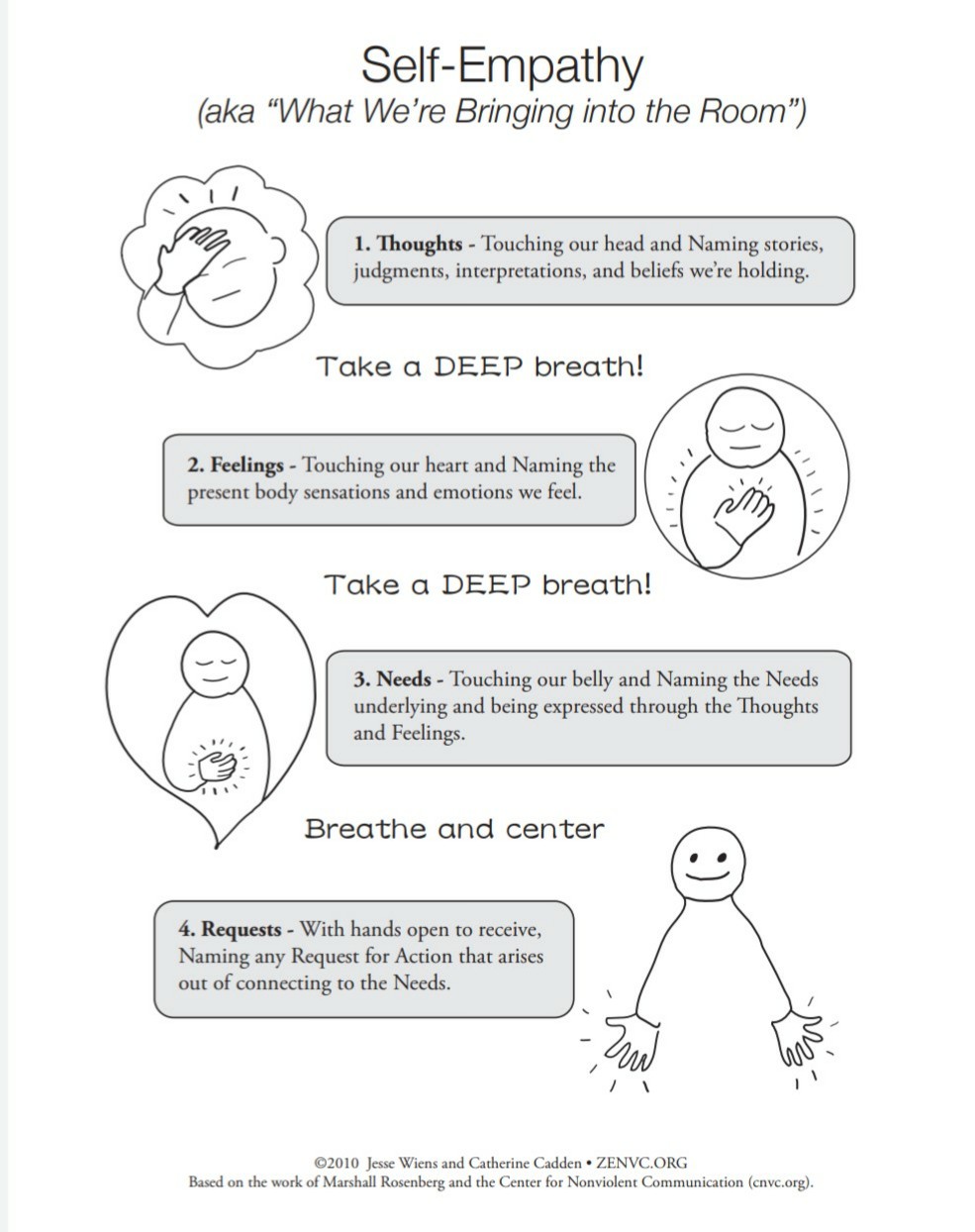

by Bob Wentworth
Our way of being — the intentions, attitudes, and quality of the energy that we bring to an interaction — is more important than the particular words we choose to speak. The heart of Nonviolent Communication is not about speaking using a particular recipe.
Rather it is about “being” a particular way. When one is being that way, one is said to be “in NVC consciousness.”
What are the intentions and attitudes associated with NVC consciousness?
There are different ways of describing these, but I’ll offer how I am currently thinking about the subject.
When I am in NVC consciousness:
- I am aware of my longing for deeply satisfying human connections.
- I believe that whoever I am interacting with is a human being with this same longing.
- I am connected to what ultimately matters to me.
- I am open to the wisdom of all parts of me, including my heart.
- I realize that having a certain quality of connection in a conversation is important — without it, it is unlikely that anyone will hear what I say or that there will be a satisfying outcome.
- I am innocently curious about what is going on for each of us, yet undemanding in how I explore my curiosity.
- I trust that there is a wonderful intention I can appreciate (an intention to meet a universal human need) behind anything that anybody does.
- I know there would likely be a high cost to forcefully getting my way at your expense.
- I am aware that ultimately I am likely to be happier, and the relationship will be more sustainable, if both of us get our needs met.
- I am committed to allowing both of our needs to matter.
- I am aware of the value of making requests, either to further connection, or to invite clear, do-able actions.
- I get that thinking things “should” be a particular way, or judging, blaming or labeling ourselves or others, lead straight to suffering — and I aim to gently reduce my feeding of these thoughts and energies, without judging them.
- I am not attached to believing my thoughts, especially my judgments.
- I get that we are all capable of feeling great joy in giving to one another — but only if we are able to freely decide whether to do so or not, without focusing on hope of reward or fear of punishment. I want people to have more opportunities to experience this joy.
- I get that choosing to be vulnerable can be a form of strength, and may open up possibilities for deeper connections.
- I take responsibility for my emotions but not yours, out of awareness that (a) our emotions are largely driven by our own internal processes and (b) taking responsibility for what is ours is ultimately empowering.
- I take responsibility for getting my own needs met, and often do this by inviting but not demanding help from others.
- I acknowledge that we are interdependent — we affect one another and we play a large role in meeting one another’s needs.
- If a need is unmet, I know that I can enter into a healthy (and often sweet) mourning process if I connect to a visceral sense of the beauty of what I am longing for.
- If a need is unmet, I aim to allow myself to experience this without creating suffering by judging and rejecting the unmet-ness.
I get that it is possible to have unmet needs and still be okay.
The short form is something like this:
In NVC consciousness, I am open-hearted and self-responsible, hold judgments lightly, honor both your needs and mine, and am in touch with the beauty of the longings that are at the heart of our lives.
If we are firmly rooted in the consciousness, our words need not sound much like formal NVC and we can still reap NVC’s benefits. The significance of verbal recipes is that they can remind us of how we want to be and help others to hear our intentions. The recipes are valuable — but they are merely supports, not the essence.
On the other hand, if a we speak words that perfectly follow the form of NVC, but our intentions and attitudes are off, then we are not likely to enjoy the results. In fact, others may have a profound dislike for being spoken to in this way. There are people who “loathe NVC” because they have experienced people trying to use the form of NVC while holding intentions and attitudes inconsistent with NVC. Too often, aversion to NVC may develop with those with whom we are closest, with whom it may be challenging to stay in NVC consciousness. Generally, it is helpful to focus on the consciousness more than the form. It is especially important to be rigorous about this with loved ones who haven’t yet been attracted to NVC.
Being “in NVC consciousness” is not all-or-nothing. The more we embody the intentions and attitudes, the more fully we will experience the fruits of this way of being. It may take many years to fully embody the consciousness. The good news is that every incremental step along the way is likely to be richly worthwhile. I hope we will offer ourselves patience and compassion as we practice and learn.
May we all be in the world in ways that support mutual well-being.
(I welcome your feedback.)
See also:
Request-Consciousness of Jackal/Giraffe



See also: Shifting to Needs-Consciousness
Miki Kashtan: “…I wrote a full-length article about it in Tikkun Magazine. I called it Wanting Fully without Attachment. My aha moment was discovering that it’s attachment that leads to suffering, not wanting per se. Wanting, I believe, is the core energy that makes life happen…
I see wanting without attachment as a deep spiritual practice. I am still learning, and will probably continue to learn.” via Why Wanting Matters
NVC as a Mindfulness Practice of Wanting Fully Without Attachment (cornerstone piece)

mediateyourlife.com/handouts

Cards with basic human needs in the hands of exercise group participants.
(Courtesy of Wikimedia Commons)
|
What’s wisdom got to do with NVC?
Oren Jay Sofer’s March 2018 newsletter
|
Marshall Rosenberg referred to his system of Nonviolent Communication as a training of attention, a way to “shine the light of consciousness” on places that are more likely to meet human needs. He also spoke often of the spiritual basis of NVC, finding the life energy that moves within and between us in order to access natural, compassionate giving from the heart. We can learn the form of NVC and still be missing the heart of the practice. I’ve found that contemplative forms like Insight meditation and Lovingkindess practice add a powerful dimension to the training of attention presented by NVC. If you like what you read here, consider joining me for a Wise Speech Retreat or workshop this year.
|
A Journey Towards Understanding
|
In my mid-twenties, towards the end of a ten-day retreat with Marshall Rosenberg, I had breakfast with Marshall and his wife. I had met Marshall a few years prior, and was eager to share my gratitude for the profound changes I was experiencing in my life due to his system of communication. Being a long-time meditator, I was also keen to offer my perspective on how Buddhist meditation could support the NVC process. This was in the early 2000s, before mindfulness exploded into the public sphere. I explained how mindfulness practice developed inner awareness, a prerequisite for being able to identify and stay conscious of feelings and needs, and therefore a key missing piece in the NVC model. I was excited and a bit stunned when he completely agreed! He shared, with a bit of dismay, that he’d been trying to figure out how to teach people to meditate for some time using a baby giraffe hat, a modified version of one of his signature puppets. Looking at me across the table with a wry smile, he said, “Maybe that’s your work to do.” Thus began a journey of nearly two decades in which I have worked to integrate my understanding of Buddhist meditation and Nonviolent Communication.
|
The Power of Nonreactive Discernment
|
Meditation rests upon the cultivation of various sets of complementary qualities. Two of the most important are awareness and equanimity. (Other balanced pairs on the contemplative path include wisdom and compassion, calm and vigor, and so forth).
 |
|
| Image courtesy of the Creativity Habit |
We cultivate these qualities in meditation practice. Every moment of wakefulness strengthens awareness, giving us a solid foundation of presence from which to live. Every moment of floundering in reactivity shows us the value of balance; every ounce of non-reactivity (equanimity) we taste helps the heart recognize its innate capacity for balance.

Excerpt from Oren Jay Sofer’s book, Say What You Mean: A Mindful Approach to Nonviolent Communication
When to Speak and When to Listen – Tricycle: The Buddhist Review
NVC/Needs-Consciousness

Courtesy of MediateYourLife.com
See also:


